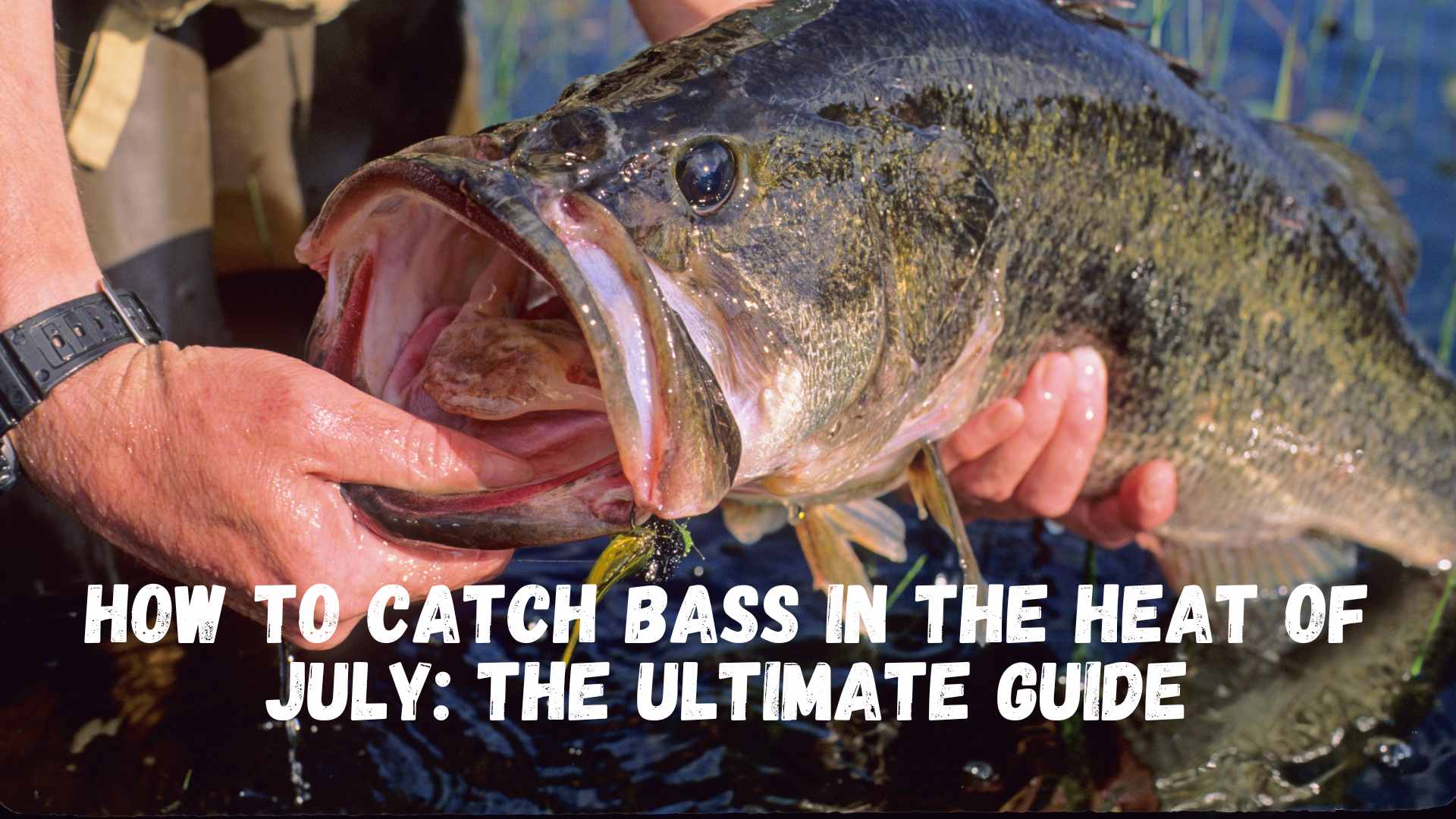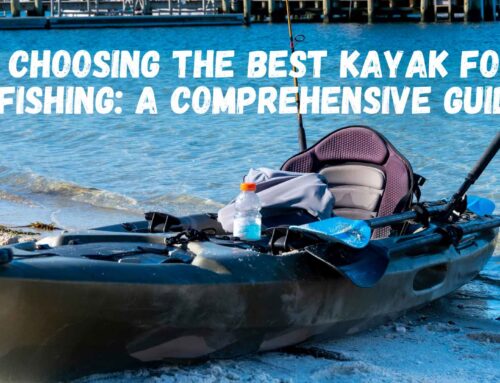Ah, July—the month of sunburns, barbecues, and sweaty fishing trips. If you’re planning to catch bass in the sweltering heat of July, you need to be prepared for a challenging yet rewarding experience. Here’s your comprehensive guide to reeling in those elusive bass while keeping your cool and maximizing your catch.
1. Early Bird Gets the Bass
Bass are just like us: they hate the heat. The best time to catch them is early in the morning or late in the evening when the temperatures are cooler. Set your alarm for dawn or get ready for a beautiful sunset fishing session. These are the times when bass are most active and feeding. During these cooler periods, bass venture out of their shaded daytime hideouts in search of food, making them more likely to bite.
2. Find the Shade
During the heat of the day, bass will seek out cooler, shaded areas. Look for spots with plenty of cover such as lily pads, overhanging trees, docks, or submerged vegetation. These areas provide the shade bass need to stay cool and are prime locations for casting your line. Use polarized sunglasses to better spot these shaded zones and target them effectively.
3. Deep Water is Your Friend
In July, bass often retreat to deeper waters where the temperature is more stable. Use a fish finder to locate drop-offs, ledges, or deep holes where bass might be hanging out. Once you find these spots, try using deep-diving crankbaits, Carolina rigs, or heavy jigs to reach the depths where the bass are hiding. Consider using electronics like sonar to accurately pinpoint these deeper structures.
4. Slow and Steady Wins the Race
In the heat, bass can become lethargic and less likely to chase fast-moving baits. Opt for a slower presentation with soft plastics like worms or creature baits. Texas-rigged worms or wacky-rigged Senkos can be particularly effective. Patience is key—let the bait sit longer and move it slowly to entice those sluggish bass. Pay attention to subtle bites, as bass may not strike aggressively in hot weather.
5. Topwater Fun
Early morning and late evening are perfect for topwater action. Use poppers, frogs, or buzzbaits to create a commotion on the surface. The sight of a bass exploding out of the water to grab your lure is a thrill like no other. Plus, topwater fishing in the low-light conditions of dawn and dusk can be incredibly productive. Experiment with different retrieve speeds and pauses to find what triggers the most strikes.
6. Match the Hatch
In July, bass feed on a variety of prey such as shad, bluegill, and crawfish. Pay attention to the local forage in the waters you’re fishing and try to match your lures accordingly. Using lures that closely resemble the size, shape, and color of the natural baitfish can significantly increase your chances of success. If you’re fishing in an area with a lot of bluegill, for example, use lures that mimic their appearance.
7. Use Scent and Sound
In the heat, bass rely more on their sense of smell and sound. Adding scent to your soft plastics or using rattling lures can help attract bass from a distance. Scented baits can keep the fish interested for longer, increasing your chances of a hook-up. Rattling crankbaits and jigs with noise-making features can be particularly effective in murky water or low-light conditions.
8. Stay Hydrated and Protected
Don’t forget about yourself! Fishing in the July heat can be brutal, so make sure to drink plenty of water and take breaks in the shade. Wear a wide-brimmed hat, polarized sunglasses, and sunscreen to protect yourself from the sun’s rays. Lightweight, moisture-wicking clothing can help keep you cool and comfortable. A cool towel around your neck can also help regulate your body temperature during those hot summer days.
9. Consider Night Fishing
If the daytime heat is too intense, consider night fishing. Bass are often more active after dark when the water cools down. Equip yourself with proper lighting and safety gear, and use lures that are effective in low-light conditions, such as black spinnerbaits, dark-colored worms, and topwater lures with a lot of action. Night fishing can offer a unique and productive way to catch bass while avoiding the scorching daytime temperatures.
10. Adapt to Changing Conditions
July weather can be unpredictable, with sudden storms or heatwaves affecting fishing conditions. Keep an eye on the weather forecast and be ready to adapt your strategies. After a summer rainstorm, for example, bass may move to shallower waters to feed on insects and other creatures washed into the lake or river. Adjust your approach based on the current conditions to stay one step ahead of the fish.
Conclusion
July bass fishing can be tough, but with these detailed tips, you’ll be well-equipped to beat the heat and land some impressive catches. Remember, early mornings, shaded spots, deep water, slow presentations, and staying hydrated are your best friends in this battle against the summer sun. Happy fishing, and don’t forget to share your catches with us on social media!
Follow us on social media for more fishing tips and outdoor adventures:
- Facebook: Outdoor Crusade Facebook
- Instagram: Outdoor Crusade Instagram
- Twitter: Outdoor Crusade Twitter
- YouTube: Outdoor Crusade YouTube
- TikTok: Outdoor Crusade TikTok


